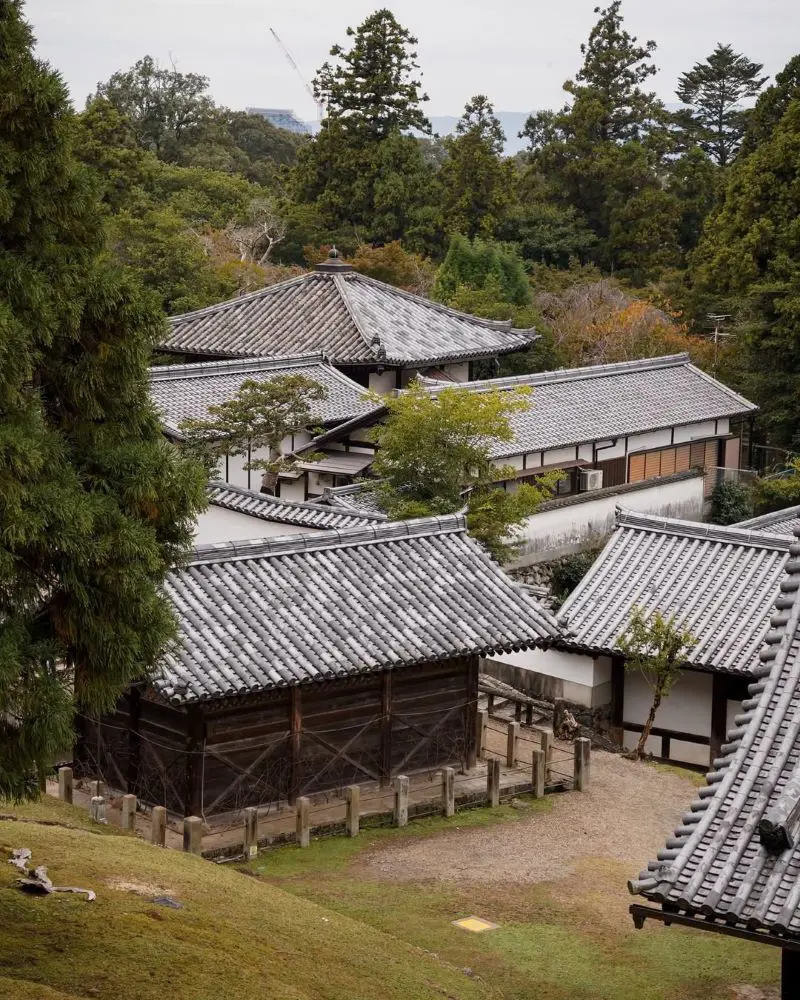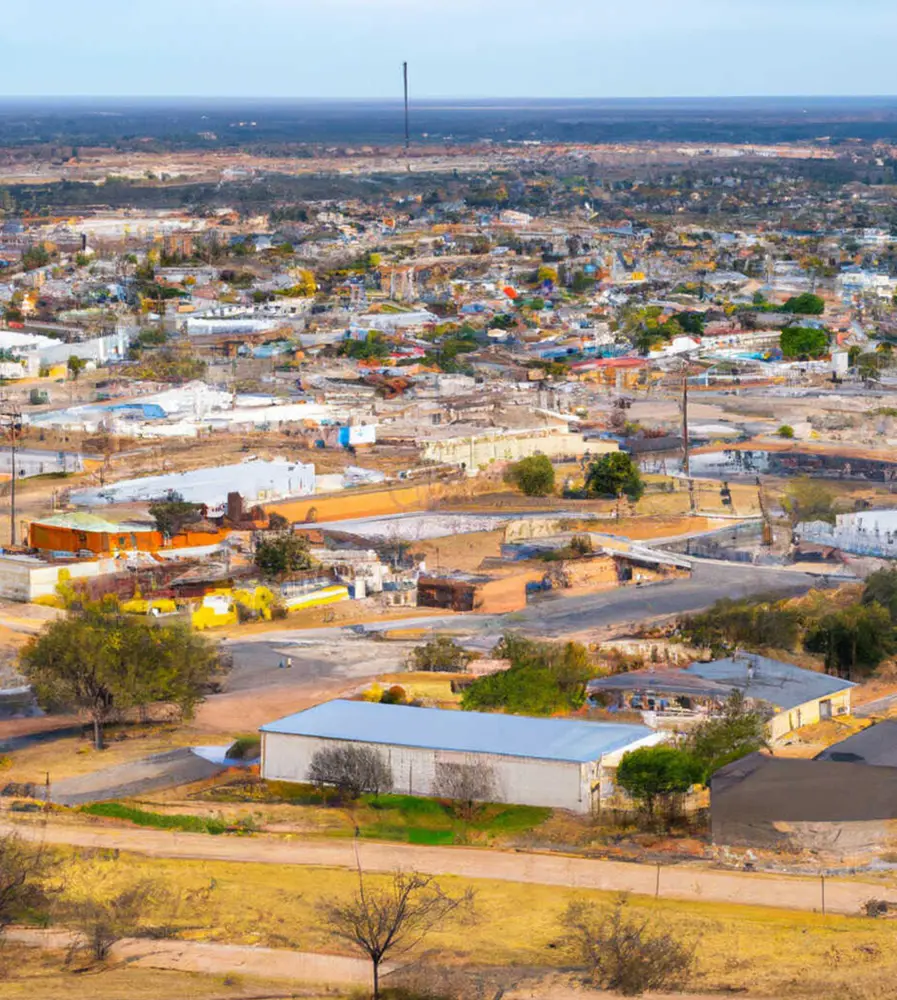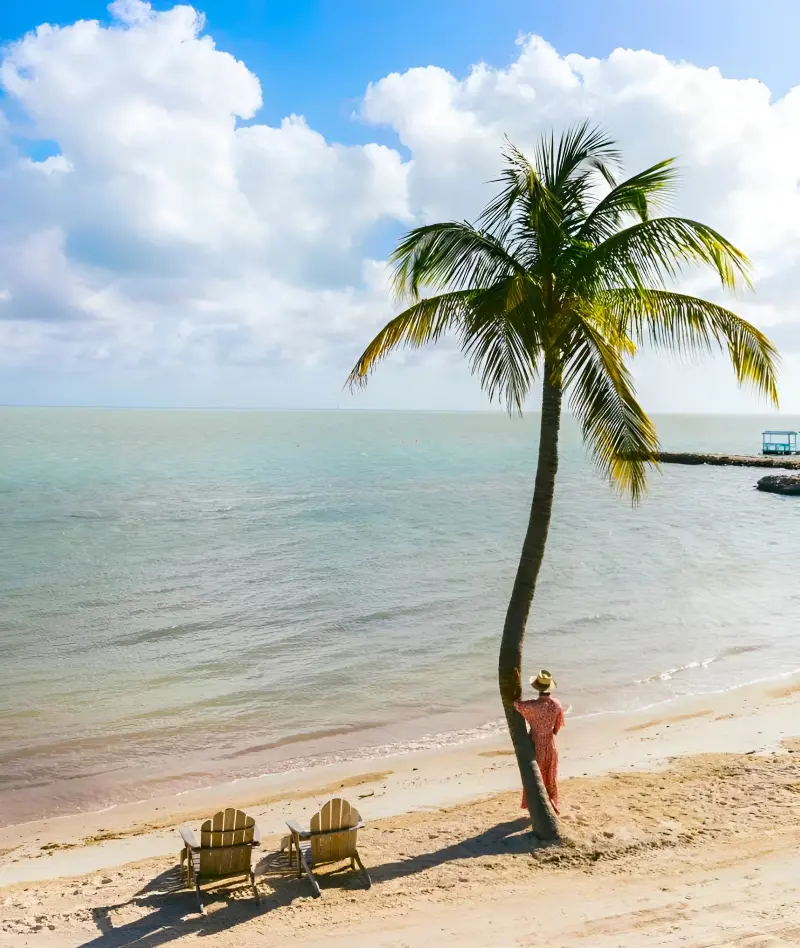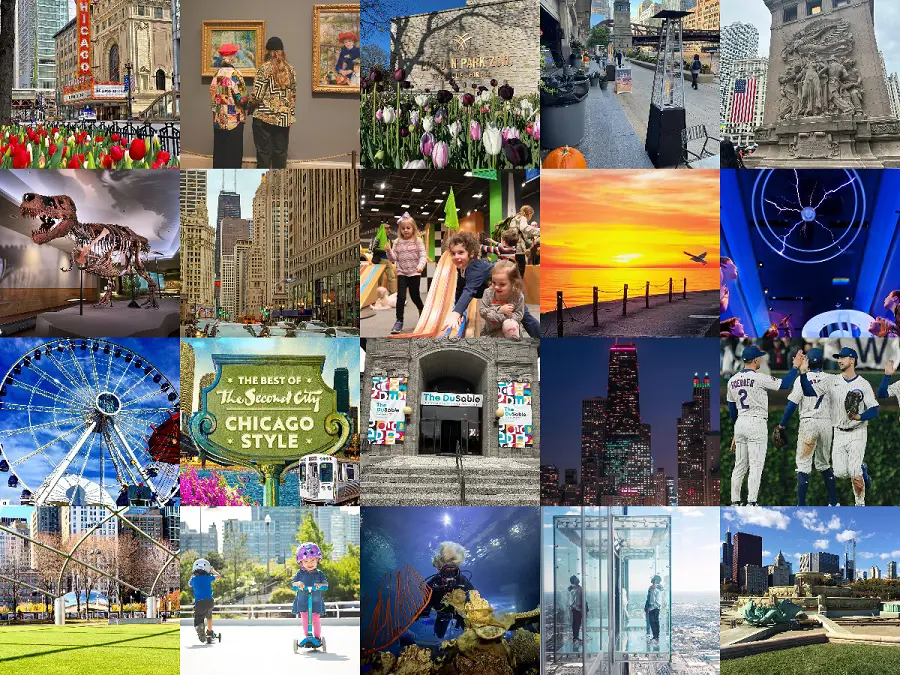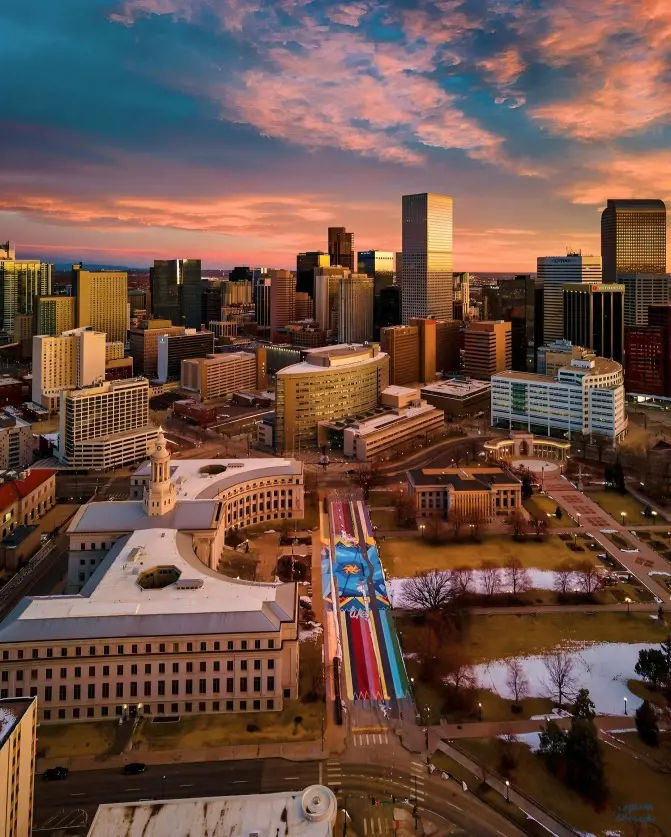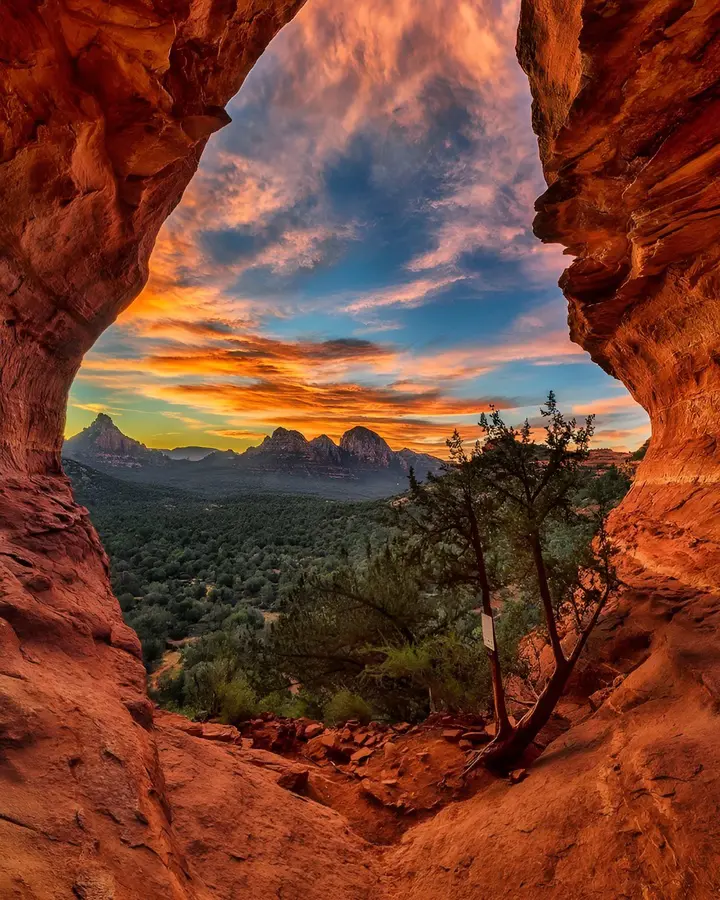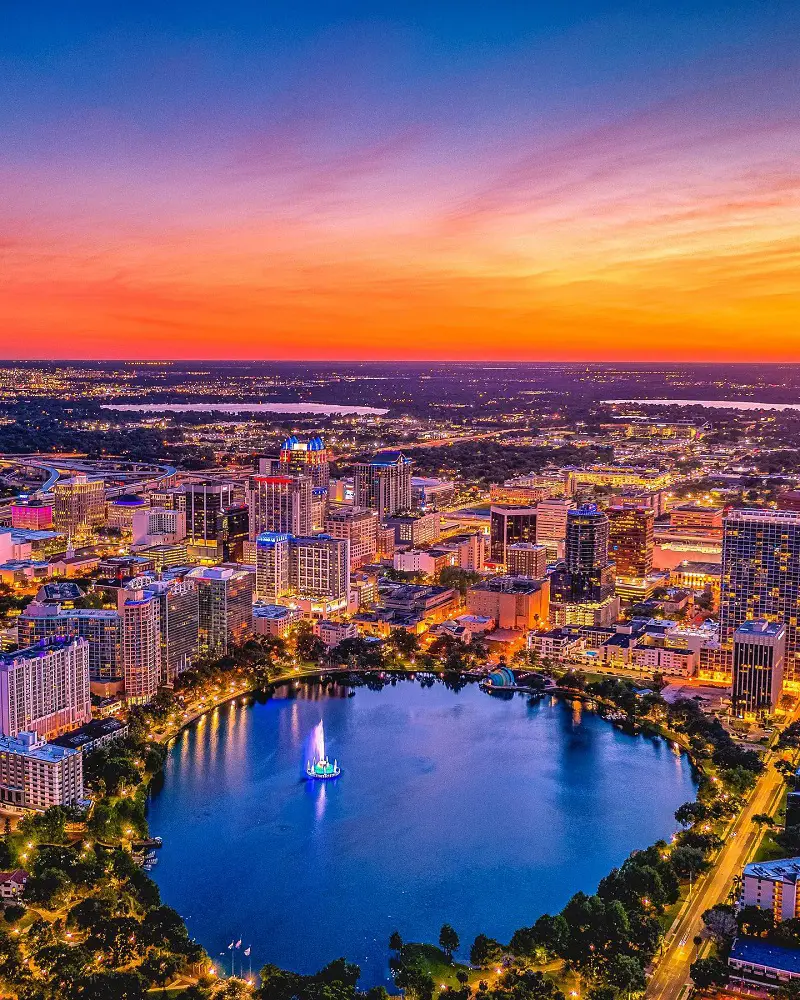Most tourists visiting Japan head for the more known prefectures of Kyoto, Osako, Tokyo, and Hokkaido and skip Nara. Words are not enough to praise this less popular prefecture.
It is an ideal place to visit in Japan for those wanting to avoid the hustle and bustle. There is plenty to view and many things to do in Nara.
Although small, Nara encompasses some of the finest temples, shrines, exquisite gardens, museums, and historic neighborhoods. Read on to learn more things to do in Nara for your next visit:
1. Feed Deer At Nara Park
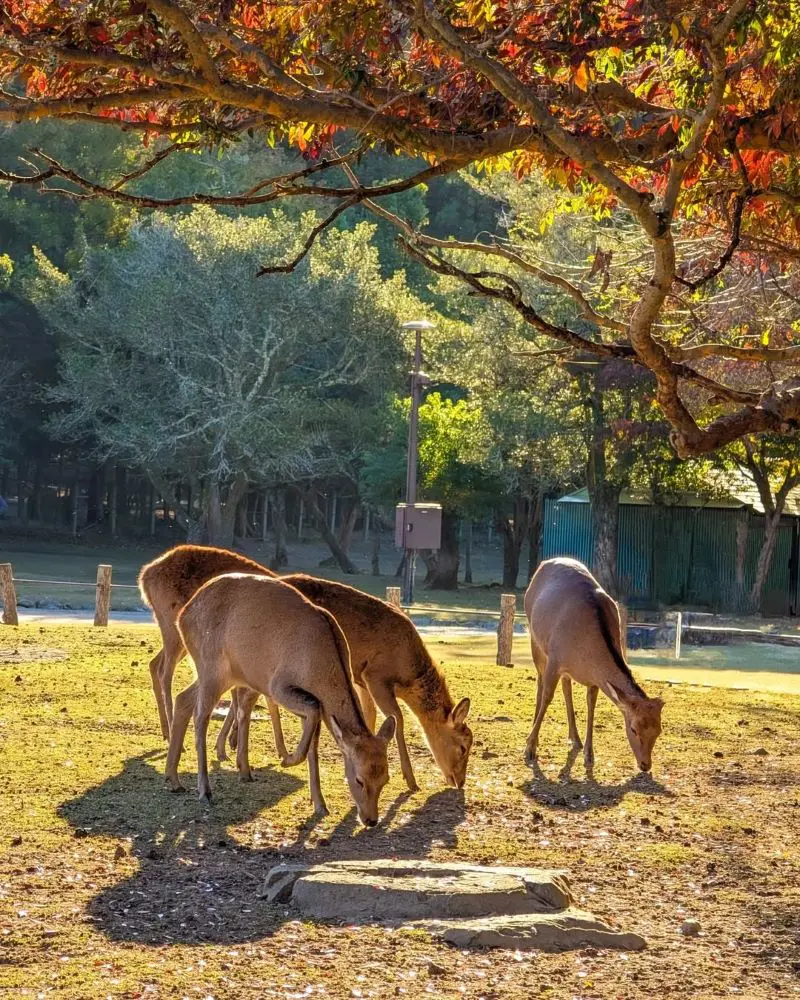
Out of all the things to do in Nara Japan, do make time for feeding the deer at Nara Park. The park houses over 1,000 of the divine creatures.
Legend has it that in AD768, one of the first four gods rode on his white deer from Ibaraki to Nara.
The deer would carry messages to the gods about the humans and their actions. Taking the life of a sacred Nara deer was a crime punishable by death. This allowed the animals to roam freely for centuries. As a result, they have learned to co-exist with humans.
2. Explore Todaiji Temple
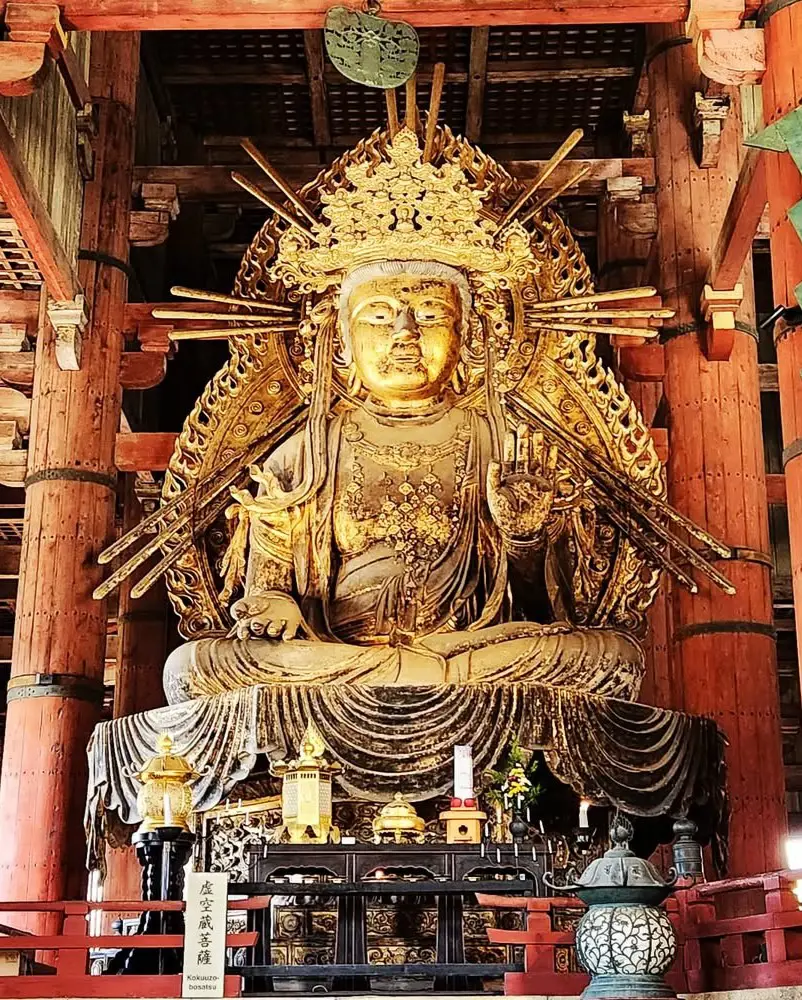
Todaiji Temple (Great Eastern Temple) stands as one of Japan’s most notable and historically supreme sites. Built in 752, it was the main temple for all provincial Buddhist temples. It became so influential that the capital was shifted from Nara to lessen its power.
The main hall, also the focal point, Daibutsu-den houses a 16-meter bronze Buddha statue, considered the biggest in Japan. Visitors claim the statue radiates an unexplainable spiritual energy.
As a UNESCO World Heritage Site, Todaiji’s main hall was formerly the largest wooden structure in the world. Close by, the Nandaimon Gate, with its formidable Nio Guardian King statues, enhances the majesty.
3. Relish Cherry Blossoms At Mt. Yoshino
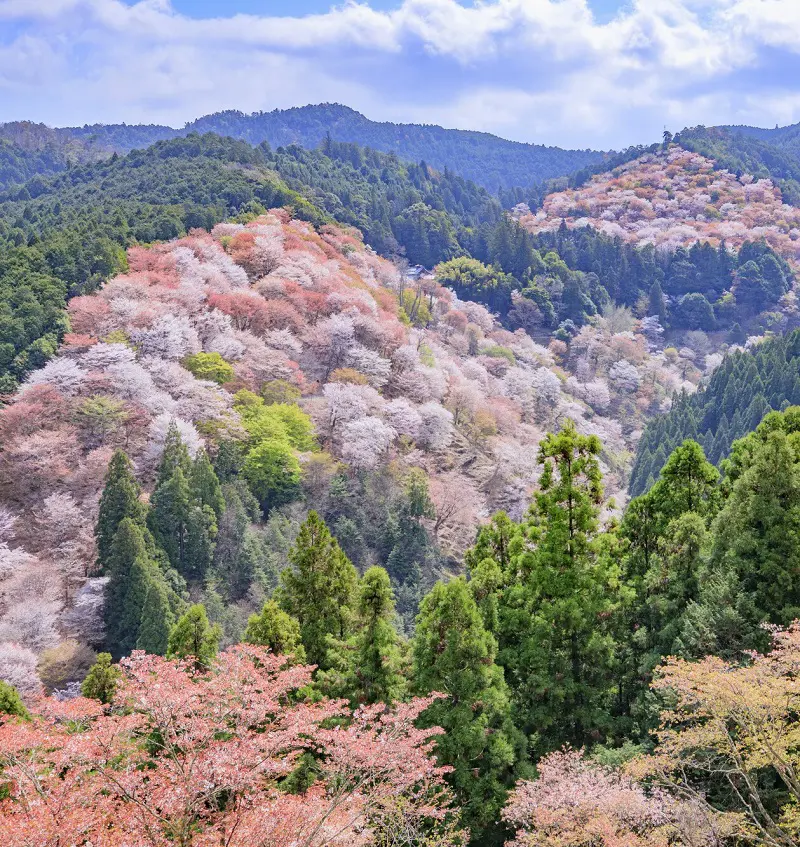
If you are wondering what to do in Nara, do not forget to enjoy the cherry blossoms at Mt. Yoshino. For centuries, Mount Yoshino has been the most famous spot for cherry blossoms. From late March through mid-April, the weather in Nara Japan is ideal for various kinds of cherry blossoms.
The trees flower for a long period here because of the elevation. Rather than the typical 2-week bloom observed in lower areas, guests here can enjoy the beautiful flowers longer.
You can get to the mountain by train and shuttle bus. Yoshino Station is accessible by a 40-minute train journey from Nara via the Kintetsu line.
4. Stroll Around Imaicho Town
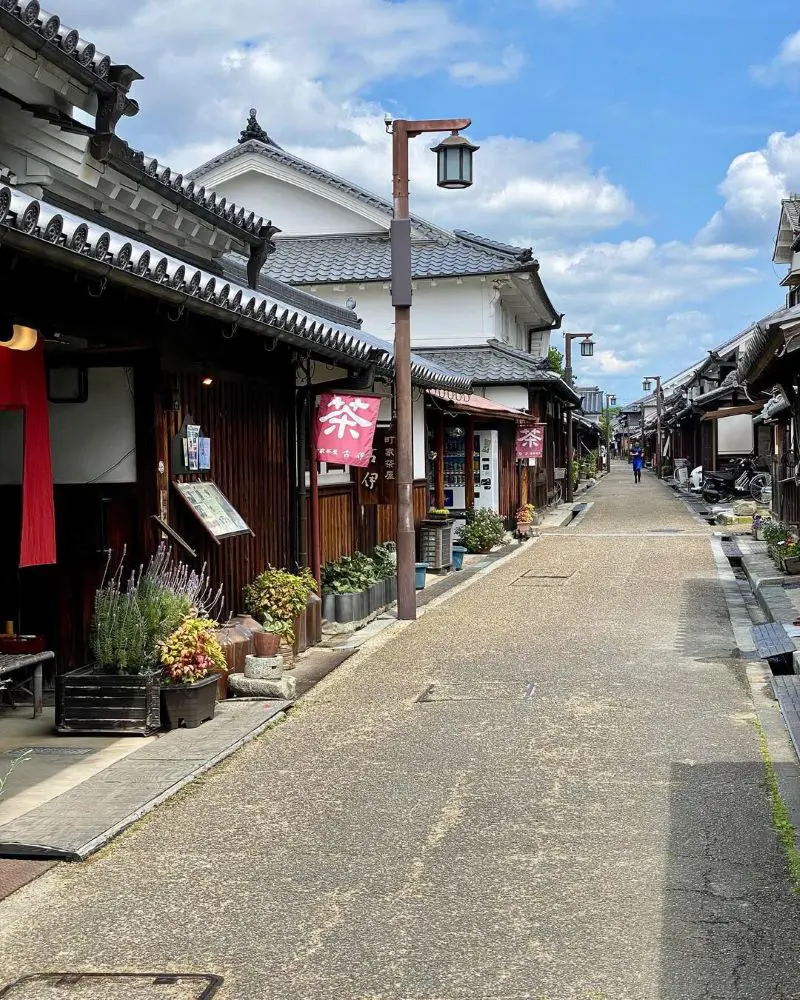
Imaicho Town is a small, exquisitely preserved ancient district close to Asuka. A trip to Imaicho allows visitors to explore the numerous lanes of a little town, which is different from other preserved districts in Japan that are restricted to a few buildings or a street.
During the Edo period, the entire town was fortified and encircled by a moat with gates, of which only a few residences still stand. It was home to affluent merchants.
The most notable is the Imai Machiya residence or museum, restored to its former splendor following years of neglect. Volunteer guides are available and are accessible to the general public.
5. Visit Dorogawa Onsen Townscape
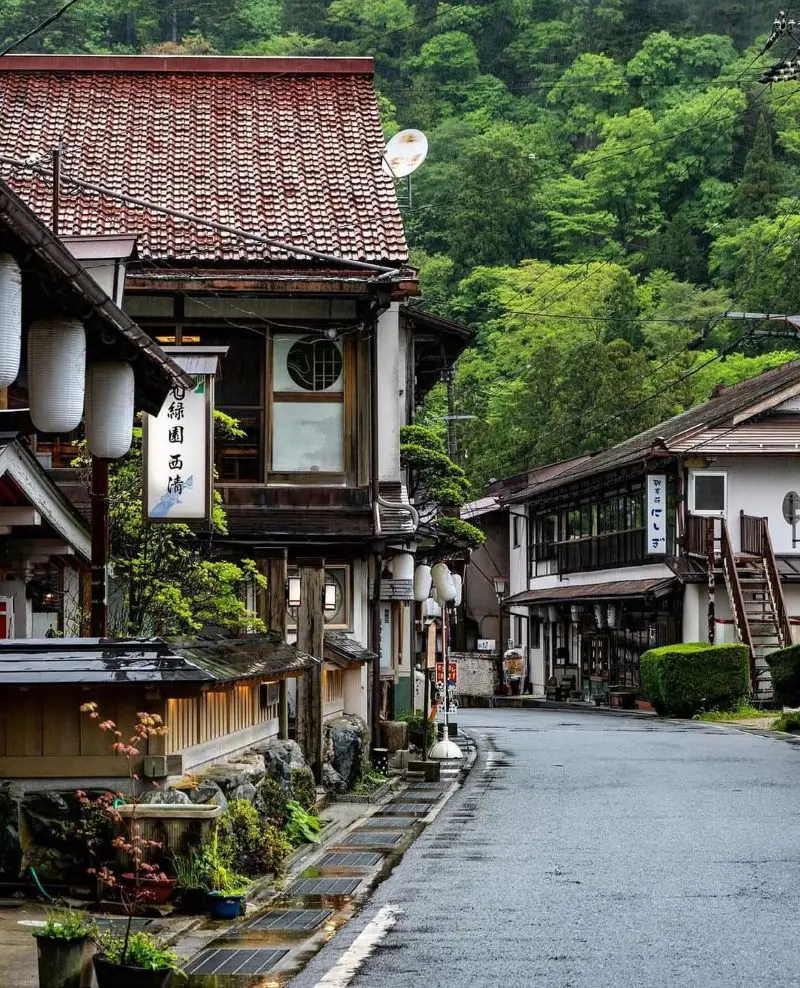
You can't get any closer to the sky than Dorogawa Onsen Townscape.
A popular local getaway, this mountain village is situated at the base of the revered Mount Omine, with high elevation and pure air. It is serene and pleasant, even during the hottest summer months. Traditional stores and ryokan line the streets of this town, many of which have been run by the same family for centuries.
The Shugendo practitioner is one of the most unique sights to behold in Dorogawa during summer. They carry animal-skin purses around their waists and travel to Dorogawa to engage in the ascetic mountain Buddhism known as Shugendo.
6. Relax In A Hot Onsen Bath
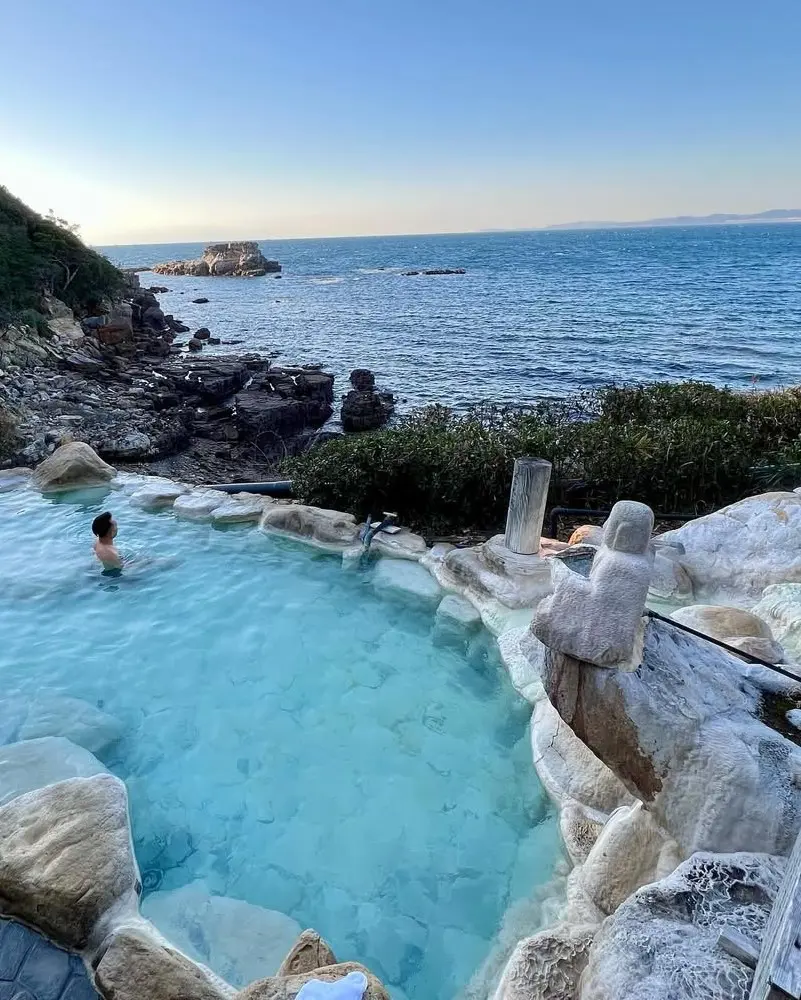
While you are at Dorogowa, one of the things to do in Nara is take an onsen bath. A bath in an onsen or the hot spring soothes the body and the mind. The water is hot, typically 42 degrees Celsius, and rich in minerals to relieve the aches and strains of the day.
Women and men typically take separate baths but exercise caution. Tattoos are prohibited in public baths. A ryokan with a private or family-style bath is an option for those who want to sit in the springs with their loved ones or have tattoos.
If you rinse or shower right after the bath, you will lose the benefits of the minerals on your skin.
7. Explore Heijo Palace
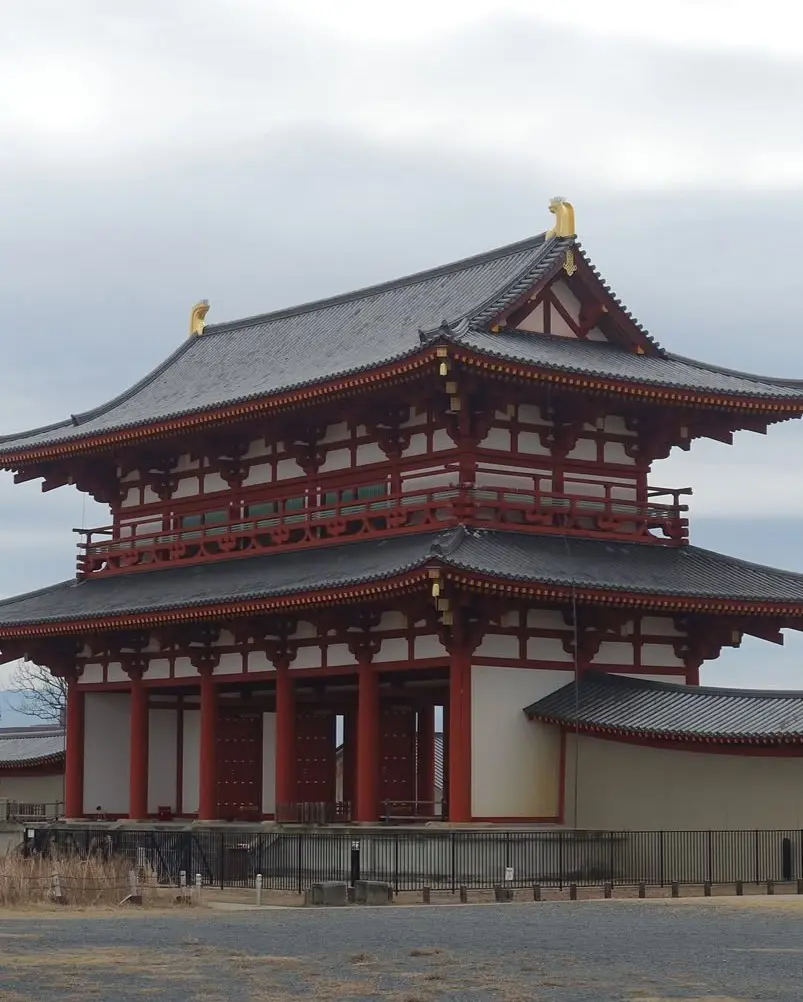
Nara was Japan's capital and was referred to as Heijo-kyo from 710 to 794 until it was deserted when the capital relocated to Kyoto. Due to its significant historical and cultural value, the palace site is designated one of Nara's World Heritage Sites.
The palace currently functions as a museum featuring cutting-edge exhibits and animations that detail the history of Heijo-Kyo and the close interactions between Japanese and Chinese envoys.
Descriptions are available in English, French, Chinese, and Korean. The museum is created with kids in focus and is complimentary for international visitors who present their passports.
8. Make Your Ink Brush At Isshindo
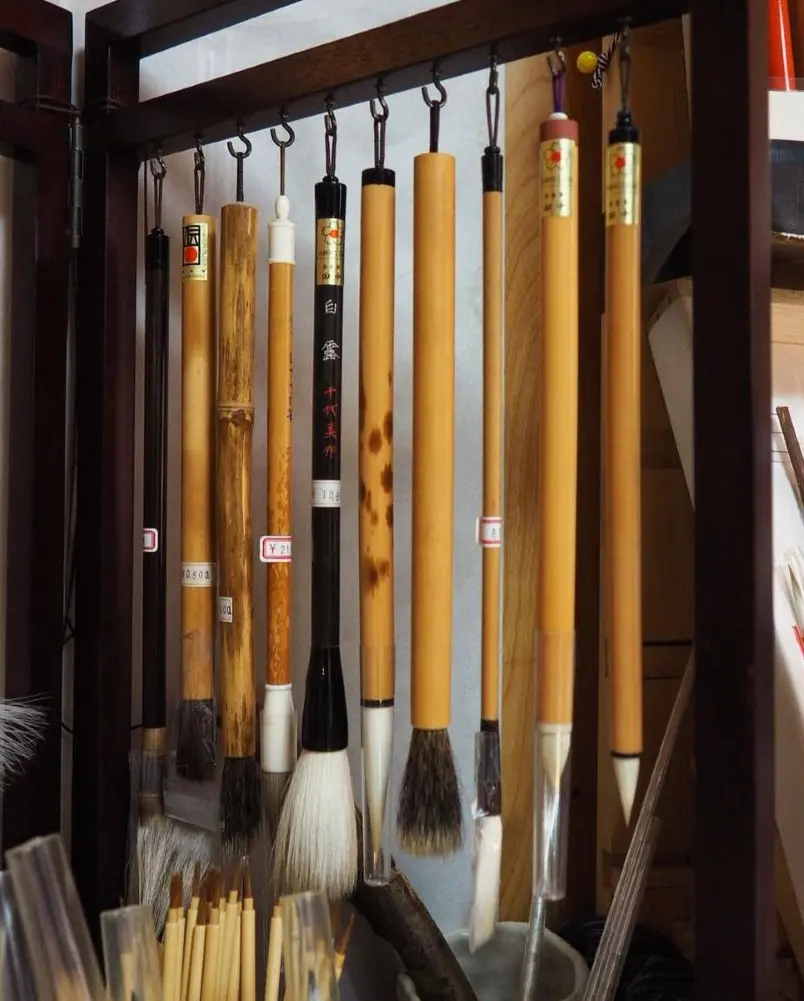
Isshindo may sound like a street or city, but it is one of the most famous calligraphy stores in Nara. Nara brushes are well-known in calligraphy communities, boasting a history of approximately 1,200 years.
They utilize a mixture of hairs from 10 distinct types of animals to create the perfect balance of hardness and softness for the brush tip. The artisans make the brushes individually, using no machines.
The brushes are flexible, which is crucial for creating the rounded curves of Japanese kana characters. Guests can opt to either take home the brush they created or receive a brush engraved with their names at a later time.
9. Learn About Japanese Buddhist Art At Nara National Museum
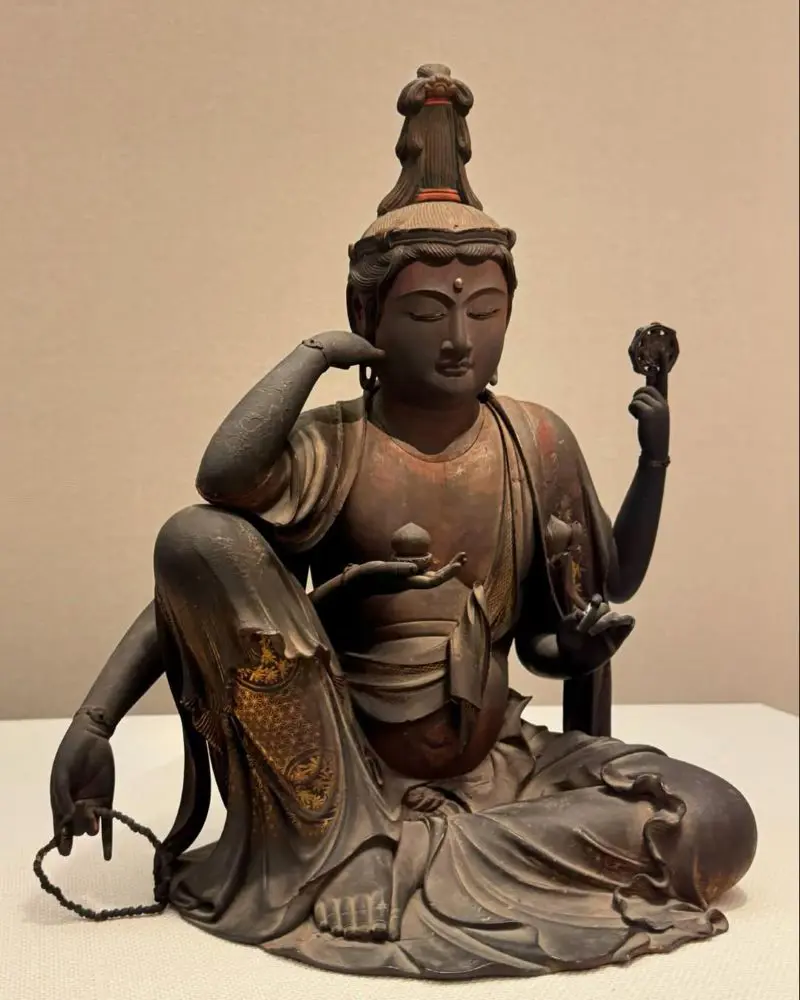
The Nara National Museum is an art gallery mainly featuring Japanese Buddhist artwork.
Founded in 1889, the museum preserves its original structure, Nara Butsuzo-kan, housing its permanent collection of exquisite Buddhist statues, paintings, scrolls, and archaeological artifacts from different historical periods, primarily from Japan. It is linked to a new wing through an underground tunnel that hosts temporary displays, including an annual showcase in autumn.
The main attraction of the museum is the Shosoin Treasure House. Shosoin stands out as it contains more than 9,000 artifacts, the largest collection of 8th-century Silk Road displays worldwide. The yearly Shosoin exhibition typically lasts a few weeks, from October through November.
10. Witness The Omizutori Festival
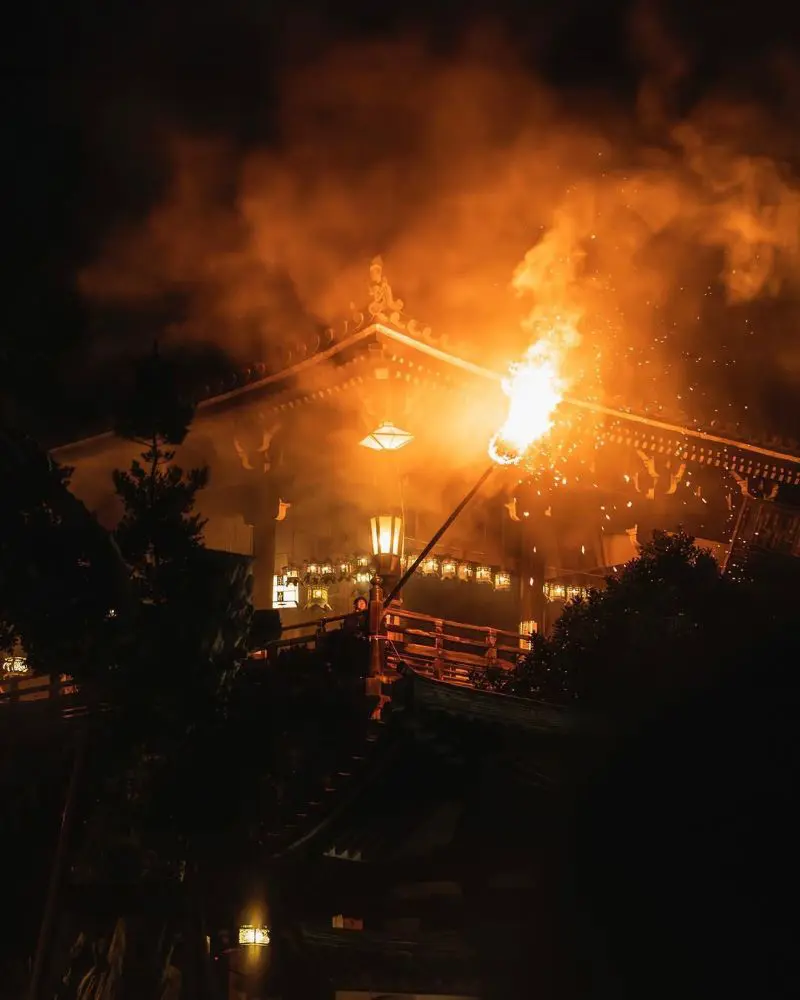
There are plenty of amazing Nara things to do, including witnessing the Omizutori, a collection of repentance ceremonies conducted each year for the first two weeks of March at Todaiji Temple. These rituals have existed for over 1250 years, making them one of the oldest Buddhist ceremonies in Japan.
The festival's highlight is Otaimatsu, where ten young monks alternate on the temple's veranda, wielding six to eight-meter-tall torches that rain embers onto the audience. This ritual occurs each night throughout the festival.
The burning embers are believed to bring good fortune to those watching if they fall on them. The whole event lasts approximately twenty minutes.
11. Hike Along The Rice Paddies In Asuka
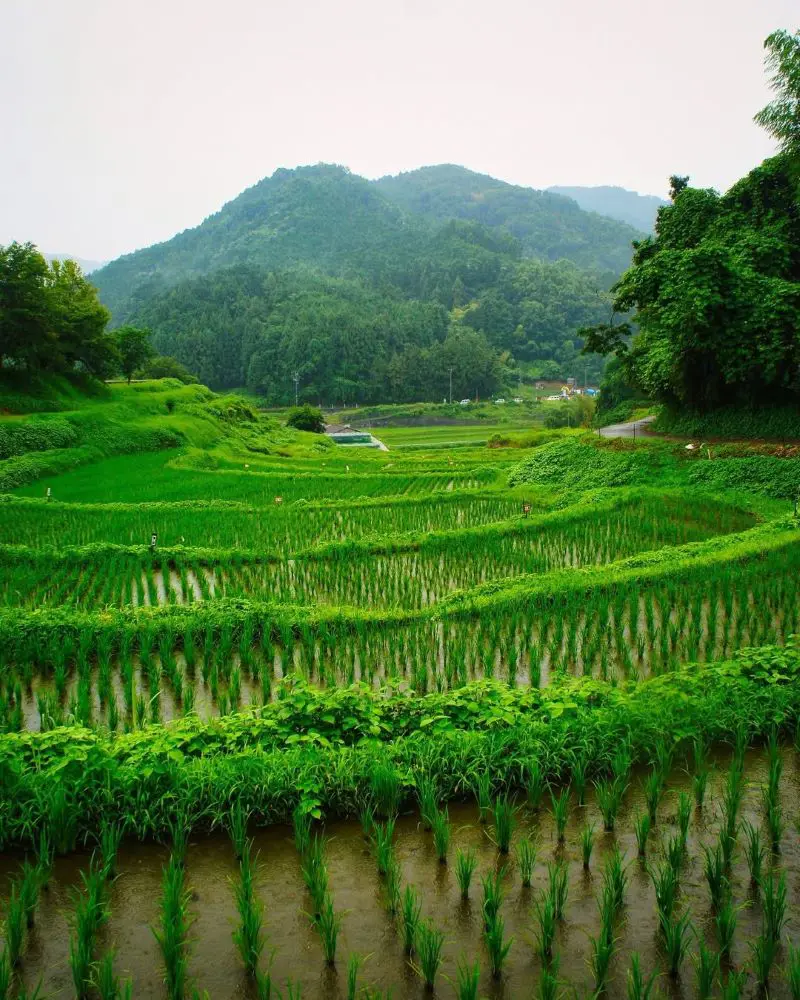
Situated south of Nara, the Asuka hamlet is surrounded by stunning nature, including the rice terraces. The rice terraces look breathtaking when the sun reflects off the river at nightfall in late spring.
Although nothing remains of its originals, this settlement, a capital before the Nara Period, is home to several historical sites, including ruins, imperial tombs, temples, shrines, and carved stones.
The terraced slopes are home to many vibrant rice fields. The historic village is a great place to spend a day cycling or walking. It is a well-liked retreat for anyone seeking a respite from the bustling tourist attractions.
12. Feast On The Local Cuisines
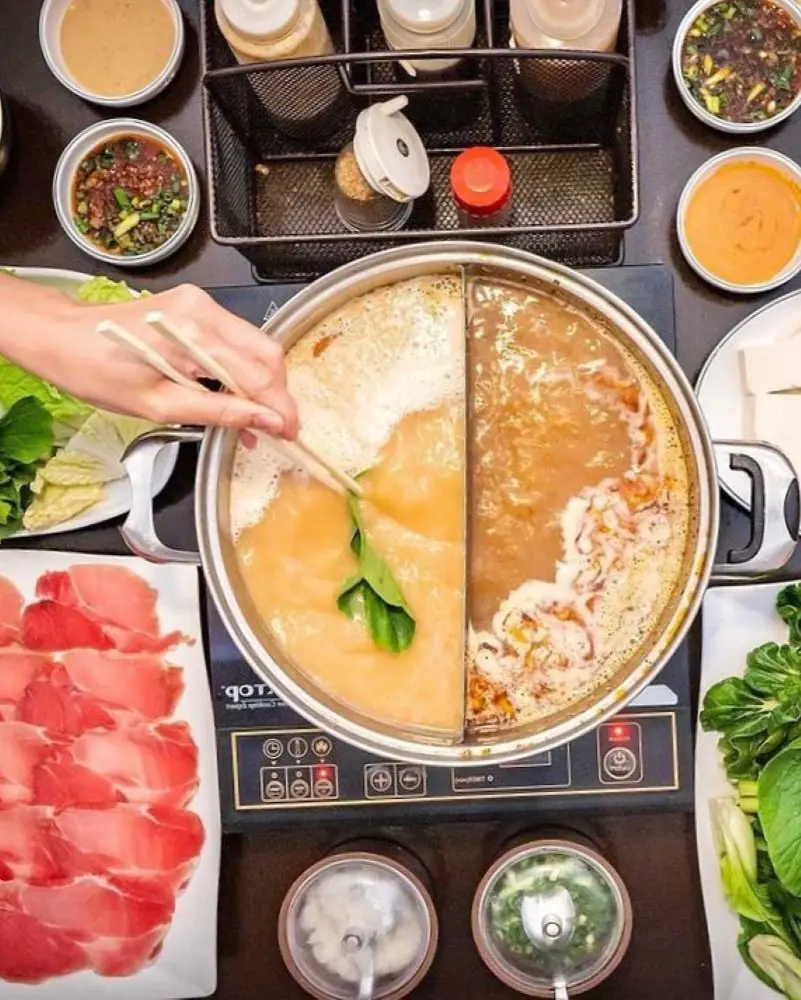
Nara city is famous for some foods, much like any other place in Japan. The following are some must-try dishes in Nara:
- Manju steamed buns: There are many cute confectioneries in Nara, especially in the traditional, historic districts, that provide mouthwatering Manju or steamed buns loaded with gooey delights.
- Somen noodles: A must-try food in Nara is these delicious, hand-formed noodles from China.
- Narazuke pickles: A special pickle made from fresh fruit and preserved in sake and mirin mixture. The locals love them.
- Asuka nabe: During the cold winter, this hot pot of milk and chicken stock with meat and vegetables warms the soul.
13. Enjoy The Tranquility At Yoshikien Garden
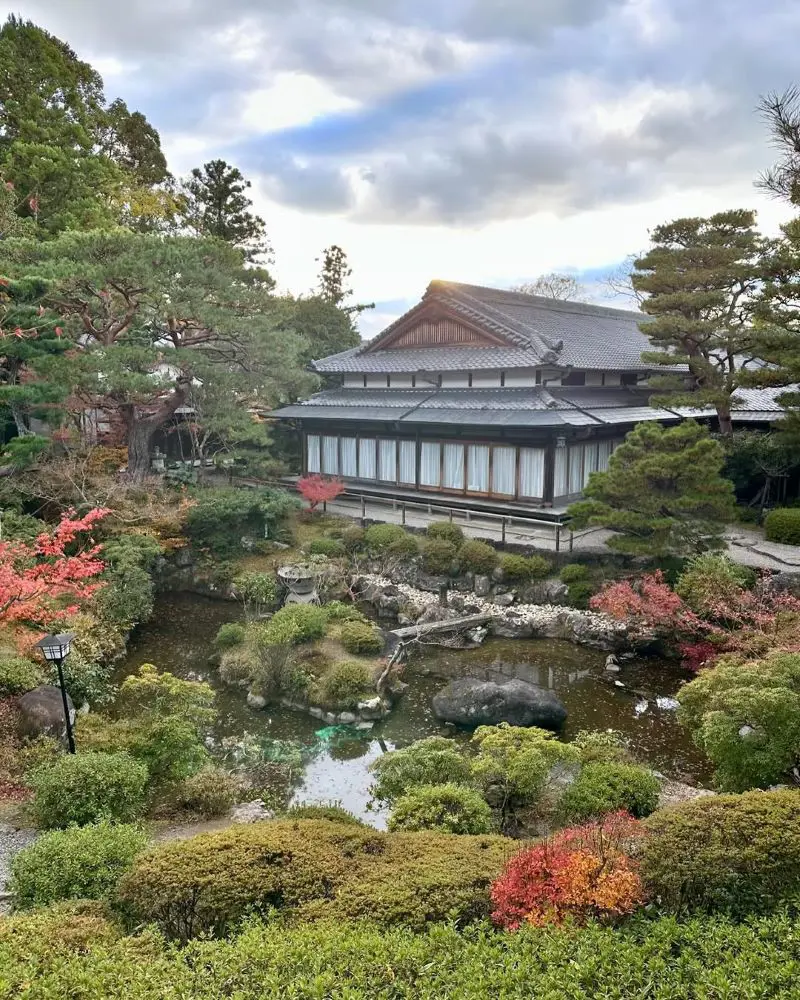
After visiting the Todaiji Temple, you should explore Yoshikien Garden, a stone's throw away from the temple. The garden is often overlooked by tourists rushing to see a more famous Nara tourist spot, the Kofukuji Temple.
A notable characteristic of Yoshikien is its division into three distinct garden styles, each providing a unique viewpoint on Japanese landscaping customs. The pond garden could be the most visually captivating of the three, featuring the soft gradients and contours of the terrain.
The moss garden is captivating during monsoon season when the moss exhibits a vivid, nearly glowing appearance. Finally, the garden for the tea ceremony is dedicated to this art form and includes seasonal flora and plants.
14. Sake Tasting At Harushika Brewery
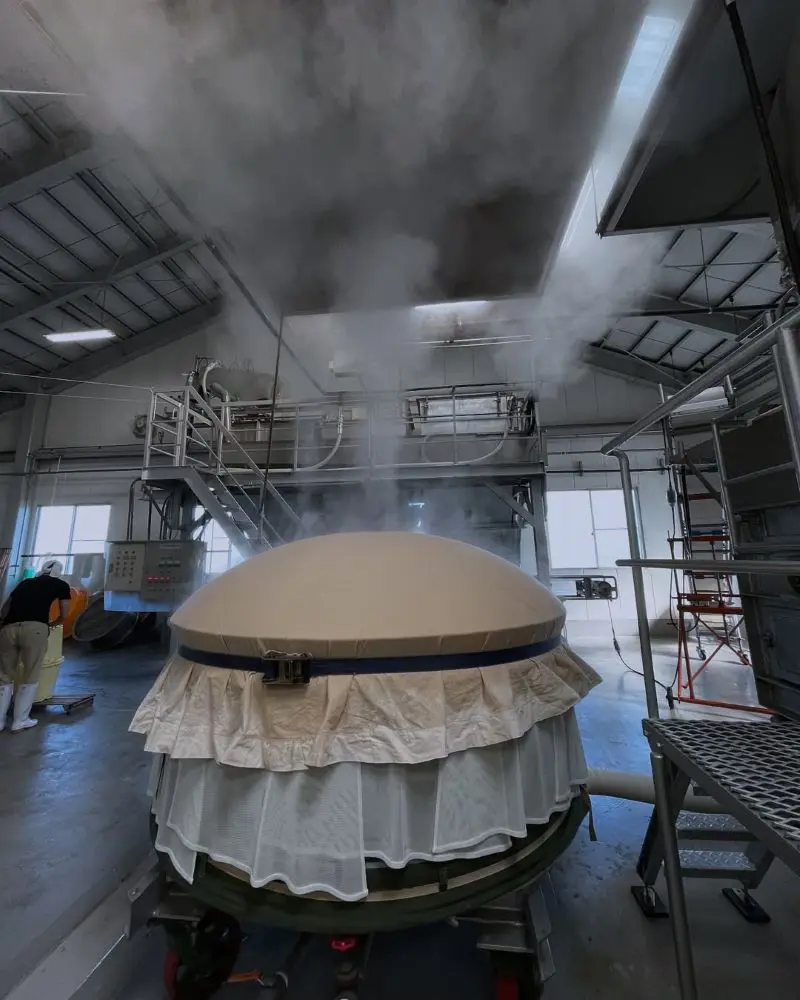
A visit to the Harushika Sake Brewery in Naramachi offers a rich fusion of skill, tradition, and flavor. Established by the Imanishi family in 1884, this brewery has become a symbol of Nara's sake heritage, producing sakes that have won accolades worldwide for over a century.
Originally a senior monk's residence in Kohfukuji Temple, the main building features Edo-period architecture and offers guided house and garden tours. For just 500 yen, guests can participate in a sake-tasting session featuring five varieties with a souvenir glass.
Additionally, the store sells unique products like sake ice cream and veggies pickled with sake lees. Weekends in February feature workshops and brewery tours that highlight the sake-making process.
15. Shop At Higashimuki Shopping Street
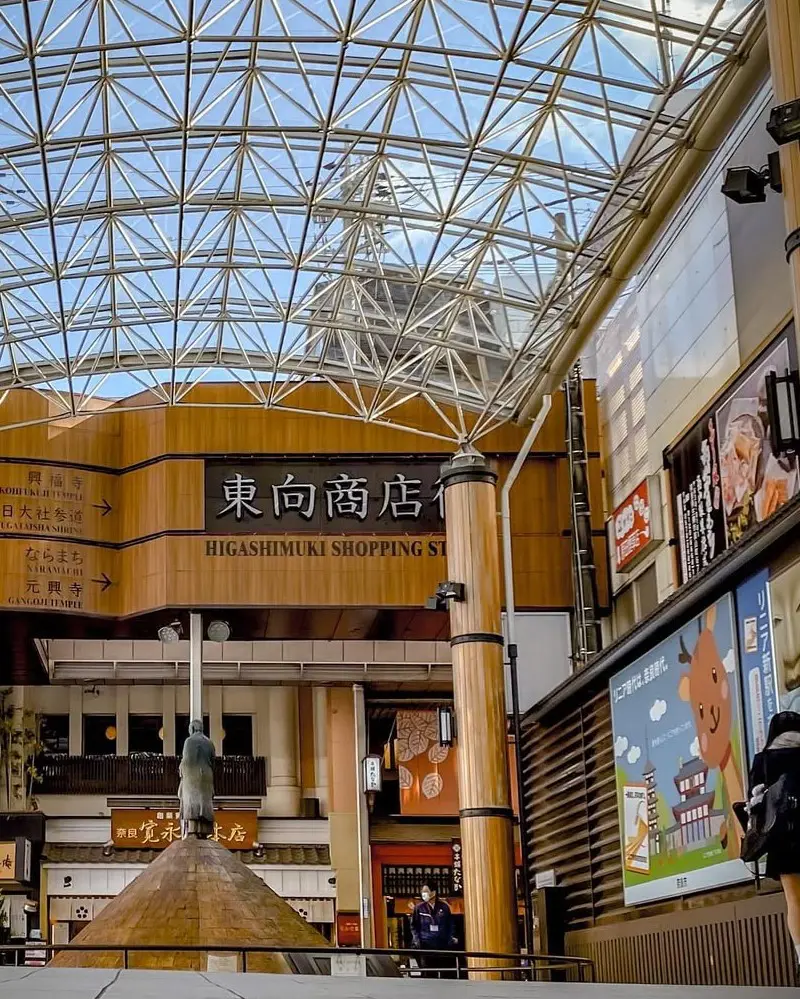
Higashimuki Shopping Street is a bustling arcade that runs north-south from Omiya Street to Sanjo Street. It is situated at the east entrance of Kintetsu Nara Station.
Its name, translating to "facing east," refers to the buildings' historical orientation toward the neighboring Kofukuji Temple. This busy street is a great place to stop before or after visiting famous sites like Todaiji Temple.
It has a mix of traditional and modern shops, with roughly 80 stores. Local sake, ochazuke, and Yamato beef are among the Nara specialties served at restaurants. This commercial strip in Nara is a must-see because of its extensive history dating back to 1915.
16. Get Lost in Super Cute Naramachi
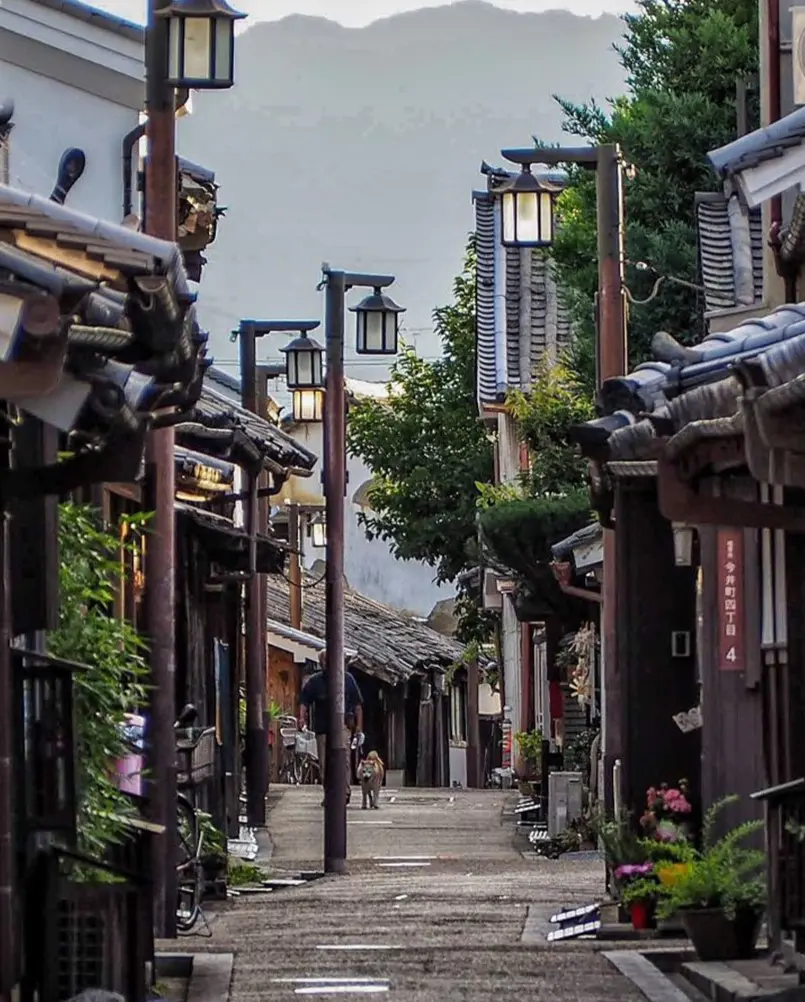
Naramachi, known as Nara Town, is a delightful historic merchant neighborhood in Nara City, filled with charm and ambiance. This small region is ideal for exploration, featuring narrow, twisting lanes bordered by preserved machiya- traditional residences from the Edo Period.
Originally serving as shops and residences, some machiya have now transformed into museums that provide insight into Nara's history. Sarusawa Pond is a scenic landmark featuring shaded seating and a cultural center at the adjacent Nara Visitor Center.
Explore trendy cafes, craft boutiques such as Yu Nakagawa, and dessert shops decorated with red lanterns. The main attraction in the area, Gangoji Temple, is the oldest Buddhist temple in Japan highlighting the remnants of Nara's rich history.
17. Stay In An Onsen Ryokan
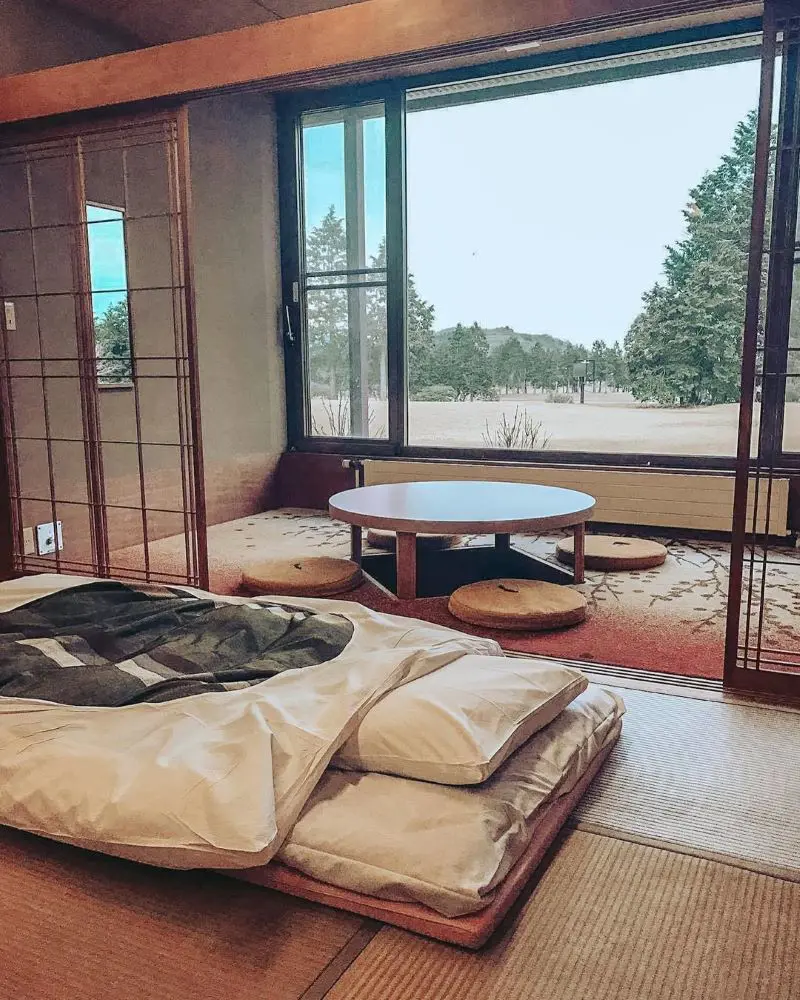
Staying at an onsen ryokan is essential when traveling to Nara, Japan. A ryokan is a classic Japanese inn that highlights the distinctive charm of Japanese heritage.
These lodgings usually include tatami floors, low tables with cushions, bamboo shades, and futon beds, fostering a warm, genuine ambiance. The tatami area is a living space throughout the day, converting into a bedroom after dark.
A key attraction of an onsen ryokan is the thermal spring baths. Numerous places provide public onsens, featuring distinct areas for males and females. Private baths or guest rooms with connected onsens are also offered for additional comfort.
18. Eat At A Japanese And French Fusion Restaurant
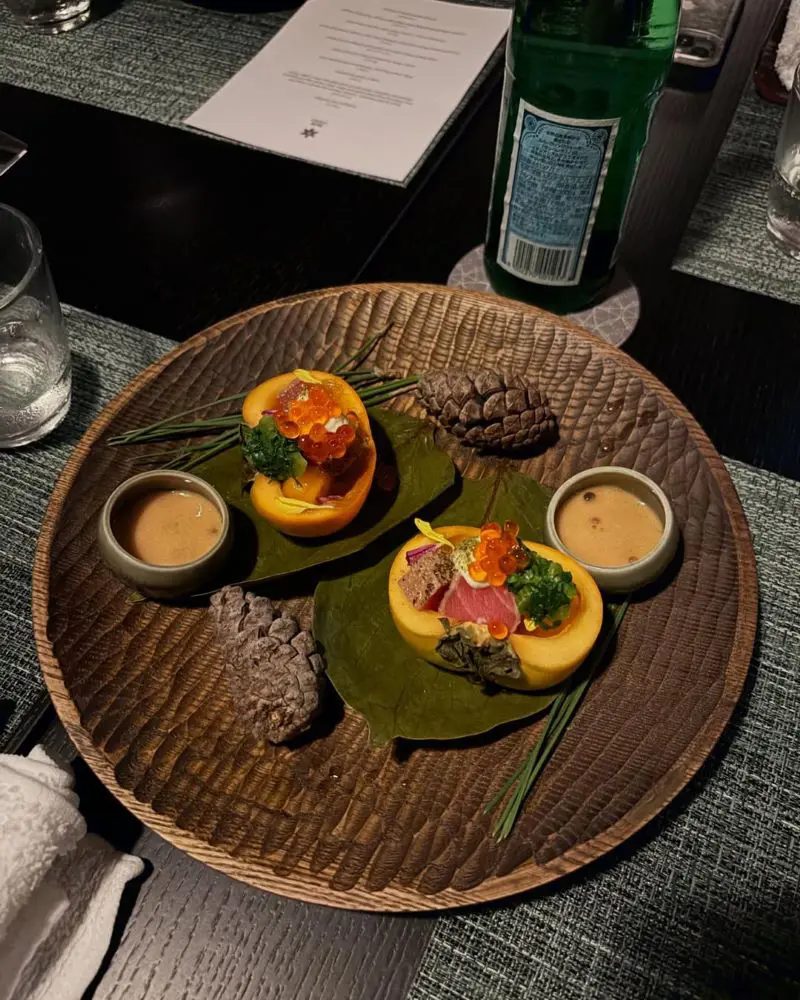
For a memorable dining experience in Nara, check out L'Auberge de Plaisance, a Michelin-starred French-Japanese fusion restaurant on a hilltop offering stunning views of the Yamato Plains.
Operated by the Hiramatsu Hotels group, this sophisticated location combines French culinary craftsmanship with Nara's abundant local products, such as Yamato beef, duck, deer, and boar.
The prix fixe menu reinvents French traditions while honoring Nara's culinary heritage, offering items such as deconstructed sushi with persimmon leaves and elegant amuse-bouches. The bright dining room, outstanding service, and breathtaking sunset views ideal for anniversaries or special events make this a must-see location.
19. Spend Time With Animals At Hana Hana Pet Café
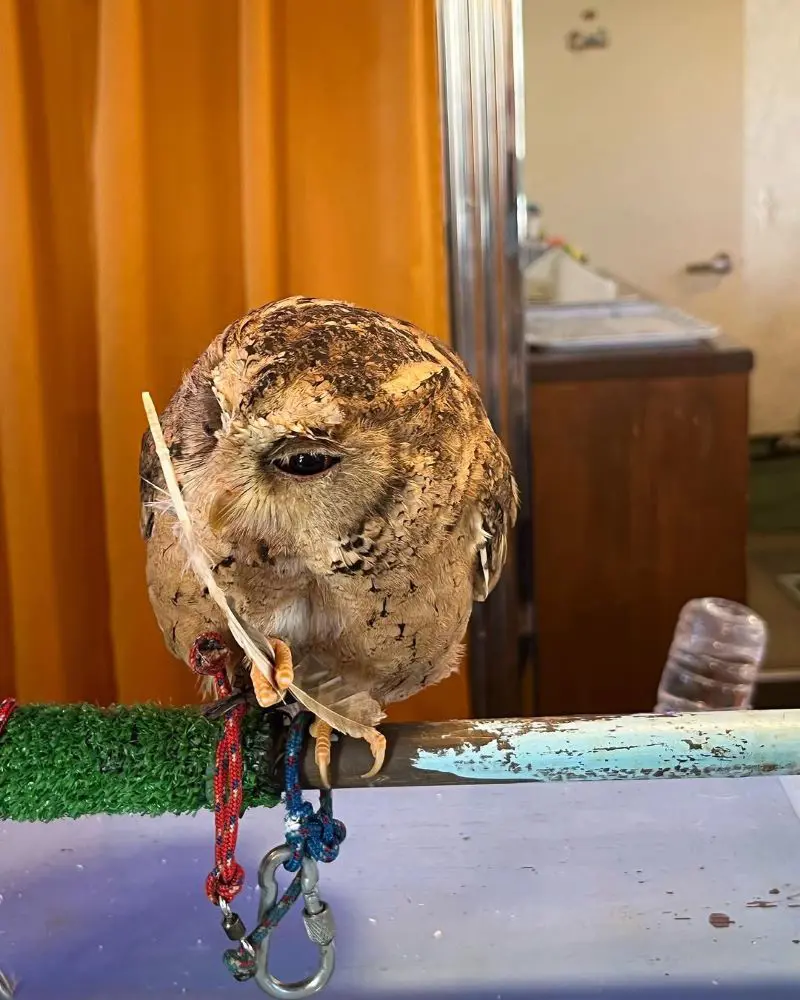
You will love Hana Hana Café if you're a big fan of themed cafés and looking for things to do in Nara after your fill of onsens, deer, and temples.
This cute little animal cafe is only a short stroll from the Kintetsu Train Station in Nara City, where most themed cafes in Japan are found in major cities like Osaka and Tokyo.
You buy a coffee or light food, pay a little price to enter, and look around their assortment of small critters, which includes cockatiels, ferrets, puppies, rabbits, and hamsters. A drink is included in the 1500 yen hourly rate that you pay.
20. Learn About Sword Making At Gassan Sword Museum
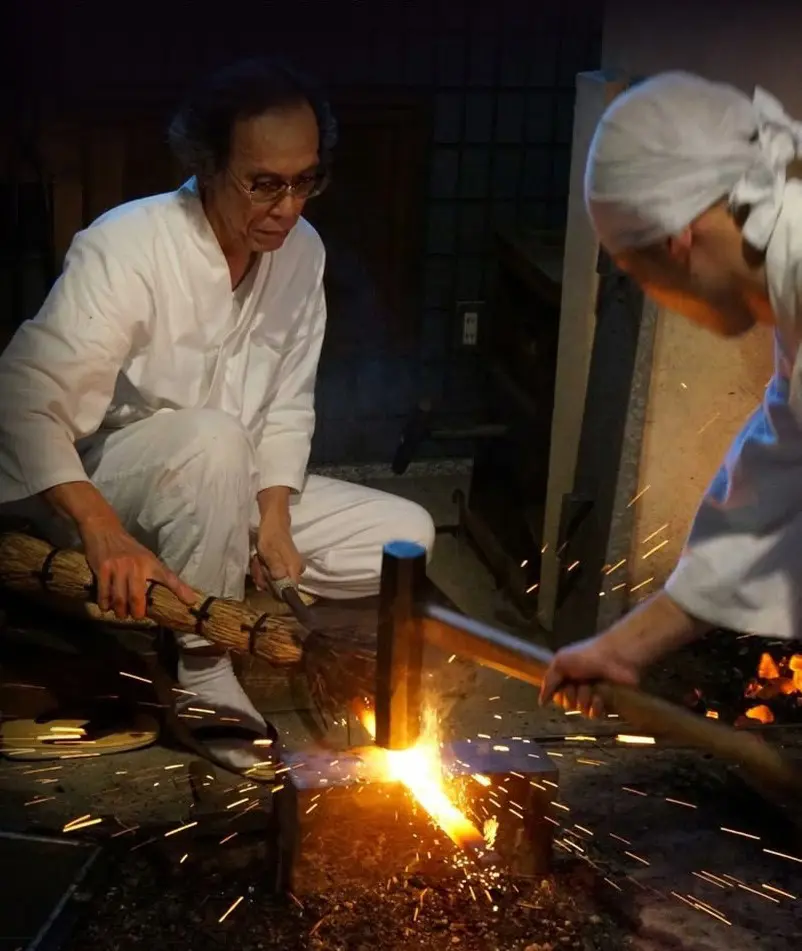
Started in Yamagata 800 years ago, the Gassan school of sword makers fashioned blades for monks who practiced Shugendo to protect them from untamed animals while they trekked up Mount Gassan.
In the 1820s, they relocated to Osaka and then Sakurai in Nara. Sadatoshi Gassan, the current master, applies Gassan's recognizable "ayasugi" pattern to the steel, giving the blades a delicate wood grain-like texture.
The museum and workshop are easily accessible. However, they are only open to the public on Saturdays from March through November, excluding August.
21. Visit The Largest Goldfish Aquarium
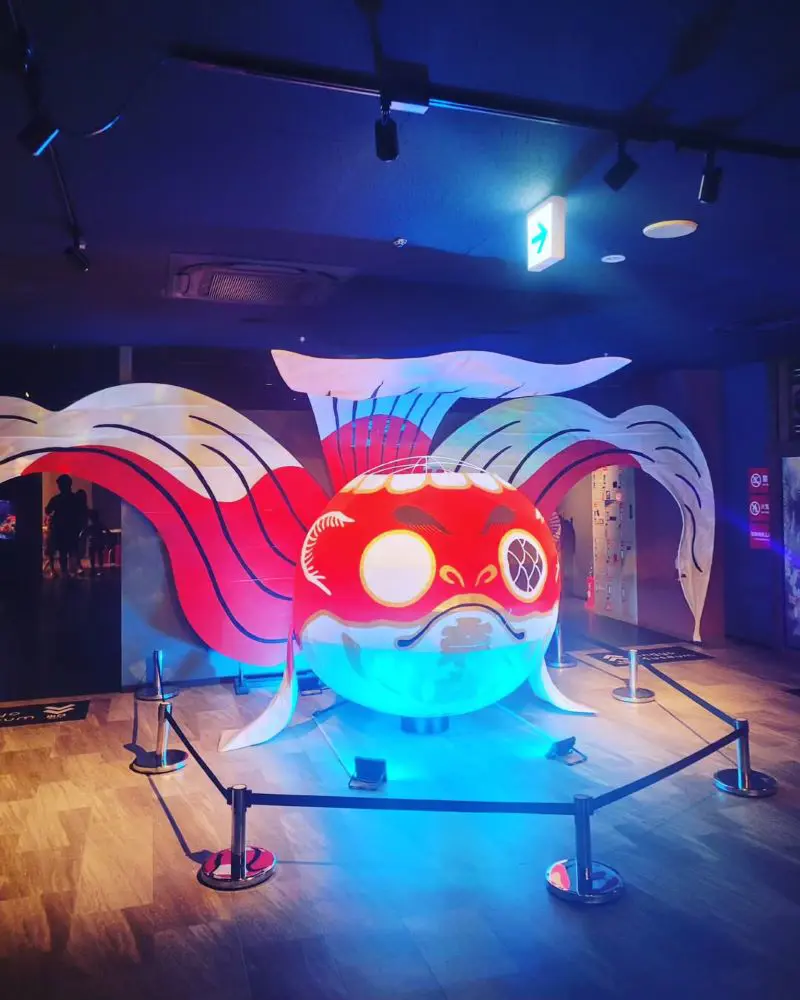
The largest goldfish museum in the country, the Nara Kingyo Museum, is located in Nara, a major goldfish breeding region in Japan. This unique attraction showcases over 3,000 goldfish, from ordinary to rare breeds, raised in Yamatokoriyama City.
The museum features breathtaking exhibitions that combine art, history, and entertainment, including projection mapping, Edo-period styles, and the first diamond-cut tanks with mirrorball effects worldwide.
Now double in size, the renovated museum is a must-see for travelers since it has interactive exhibits, optical illusions, and photogenic spots. Through surprises, healing, and beauty experienced through all five senses, this "entertainment aquarium" transforms the appreciation of goldfish.
You can book the tickets online.
22. Learn To Make Sushi At Umemori Sushi School
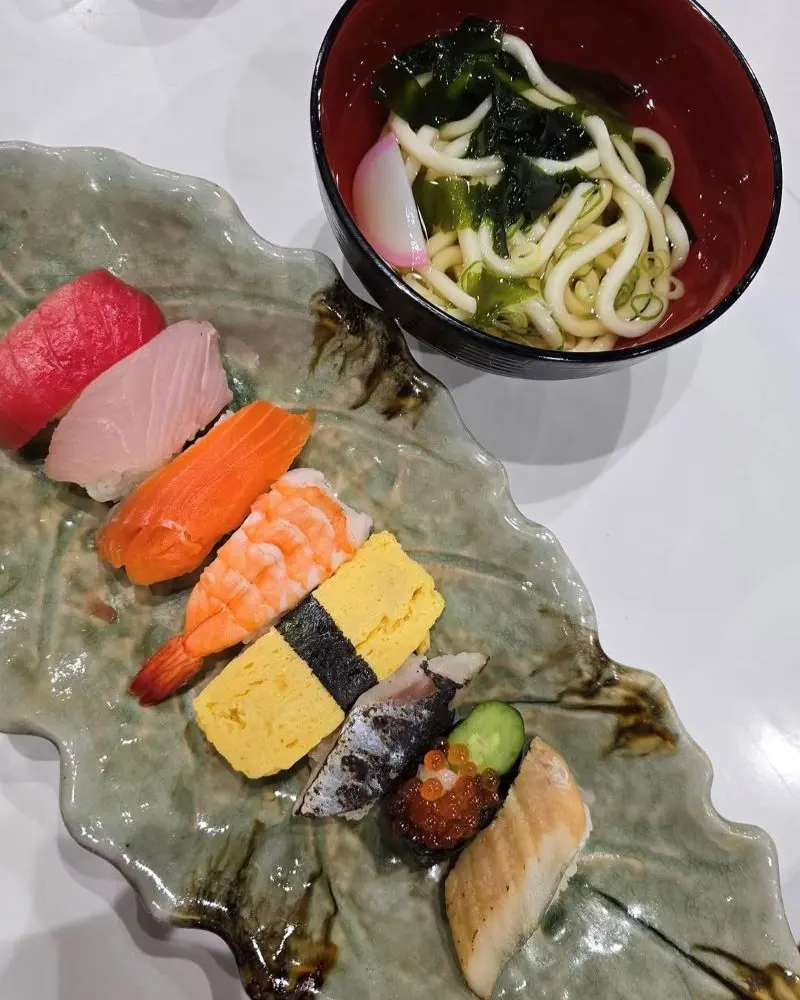
Making sushi at the famous Umemori Sushi School is a must-do while visiting Nara. This 1.5-hour program, taught by knowledgeable Japanese instructors, has hosted more than 150,000 foreign visitors in the last four years.
Using premium materials like fatty tuna and fresh red shrimp, you will create traditional sushi, such as nigiri, Nara's famous persimmon leaf sushi, and ornamental sushi rolls. There are also vegetarian and Muslim-friendly options.
Once you've mastered combining precisely the right amount of sushi rice, savor your creations with optional Japanese fare. Your accomplishment is crowned with a personalized completion certificate, officially establishing you as a Sushi Master!
